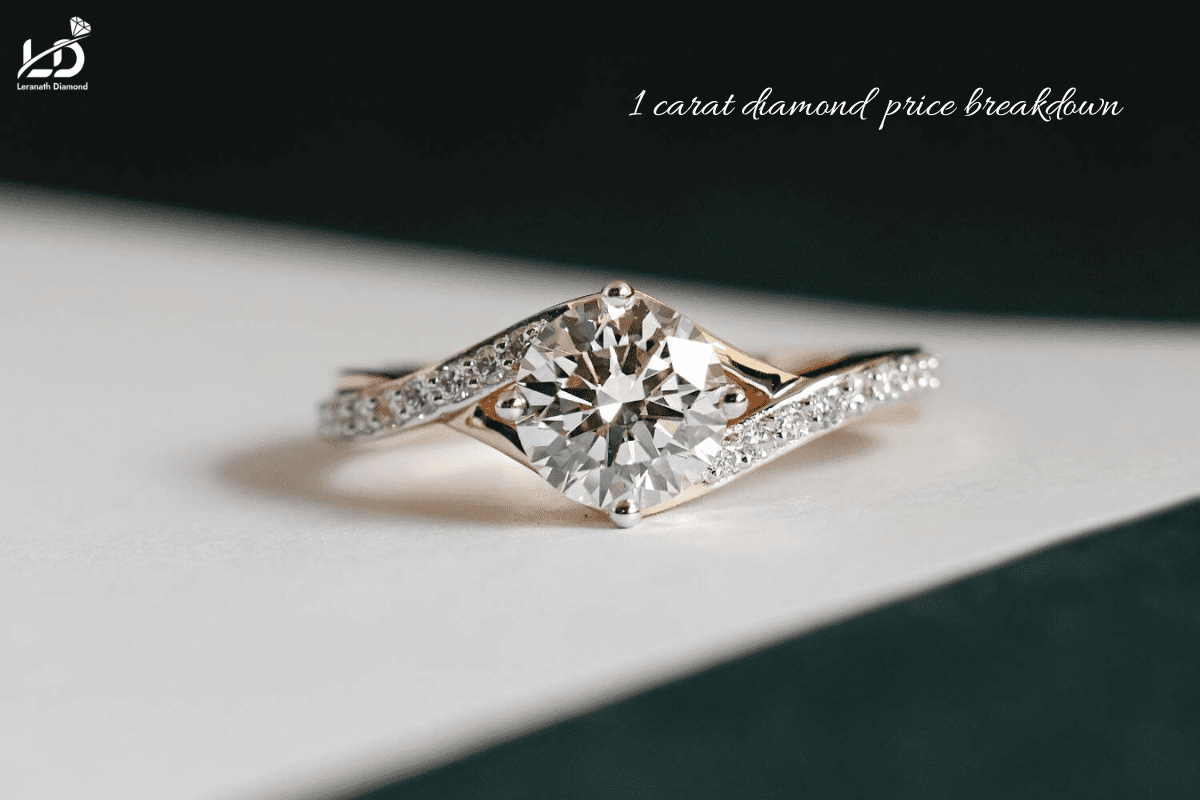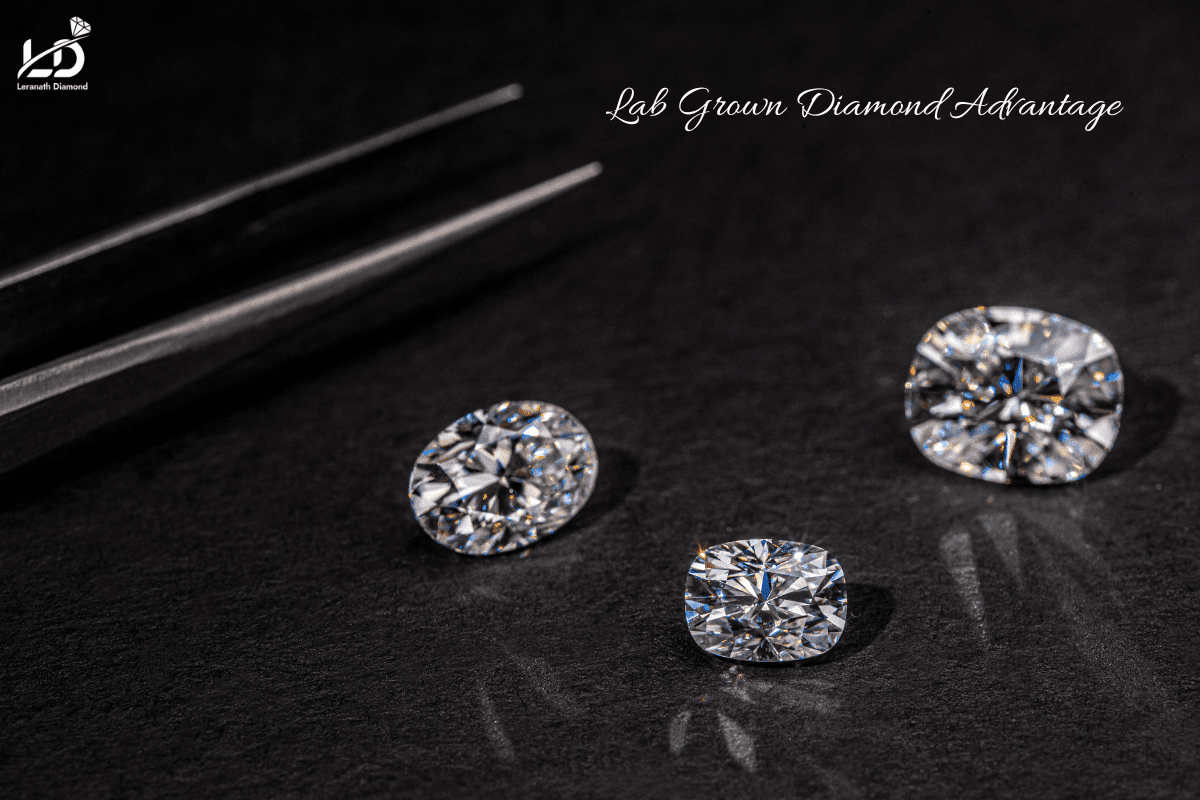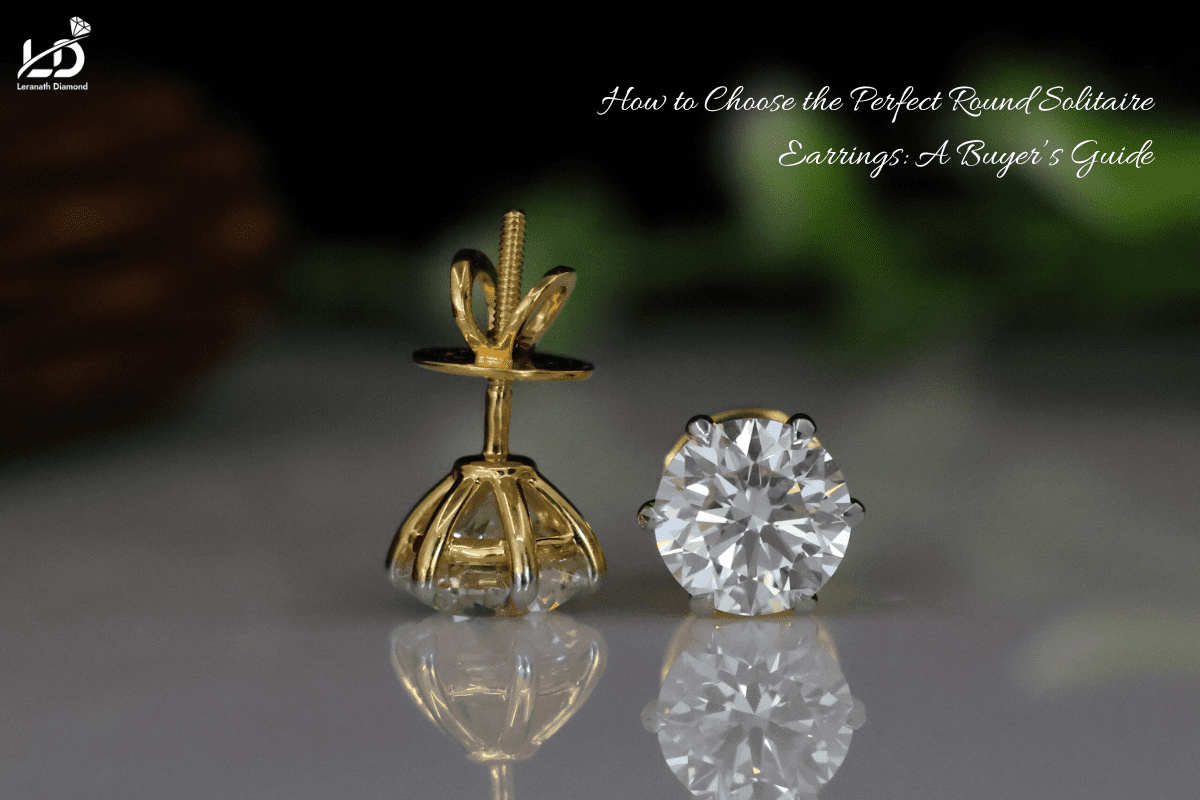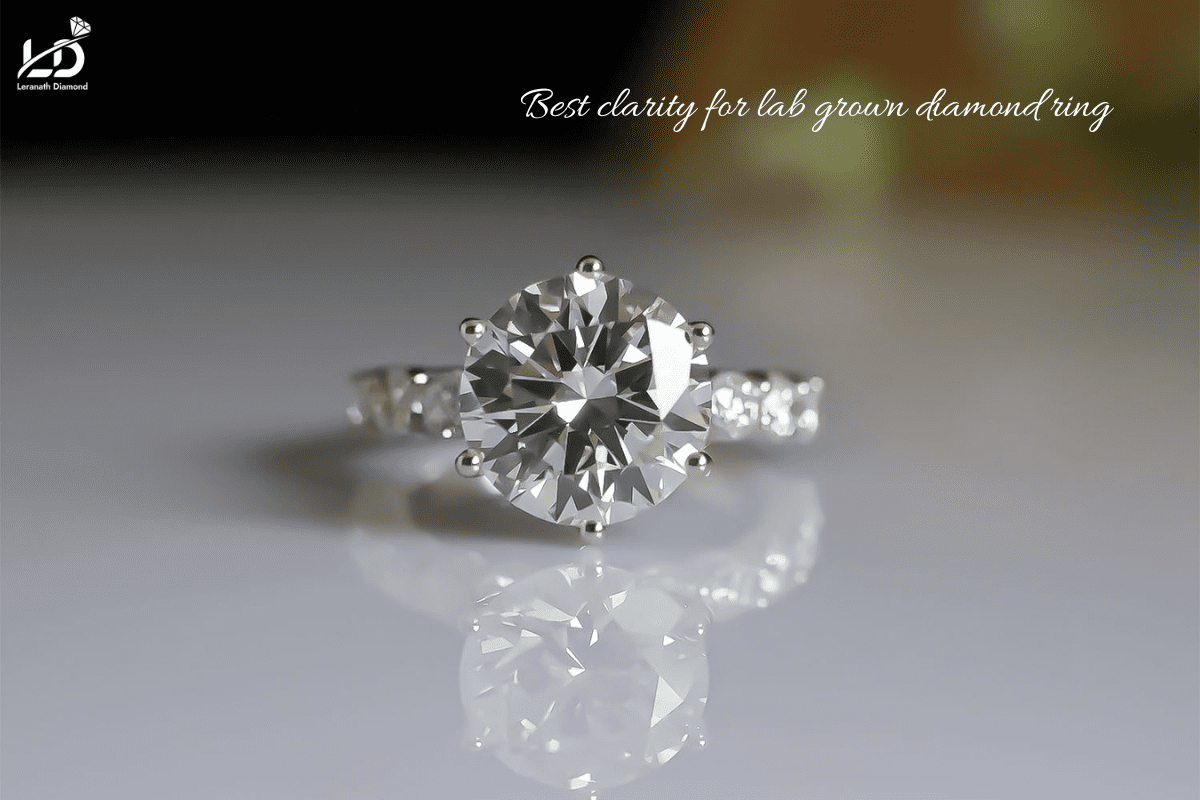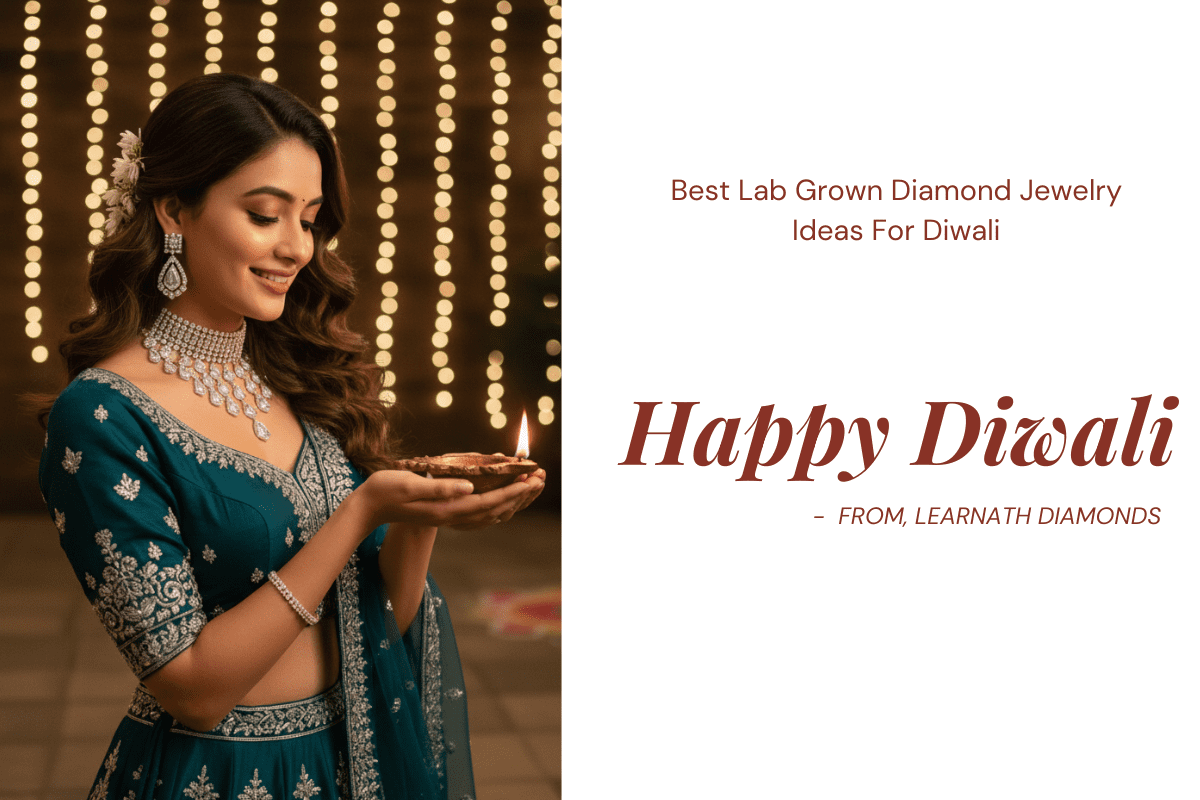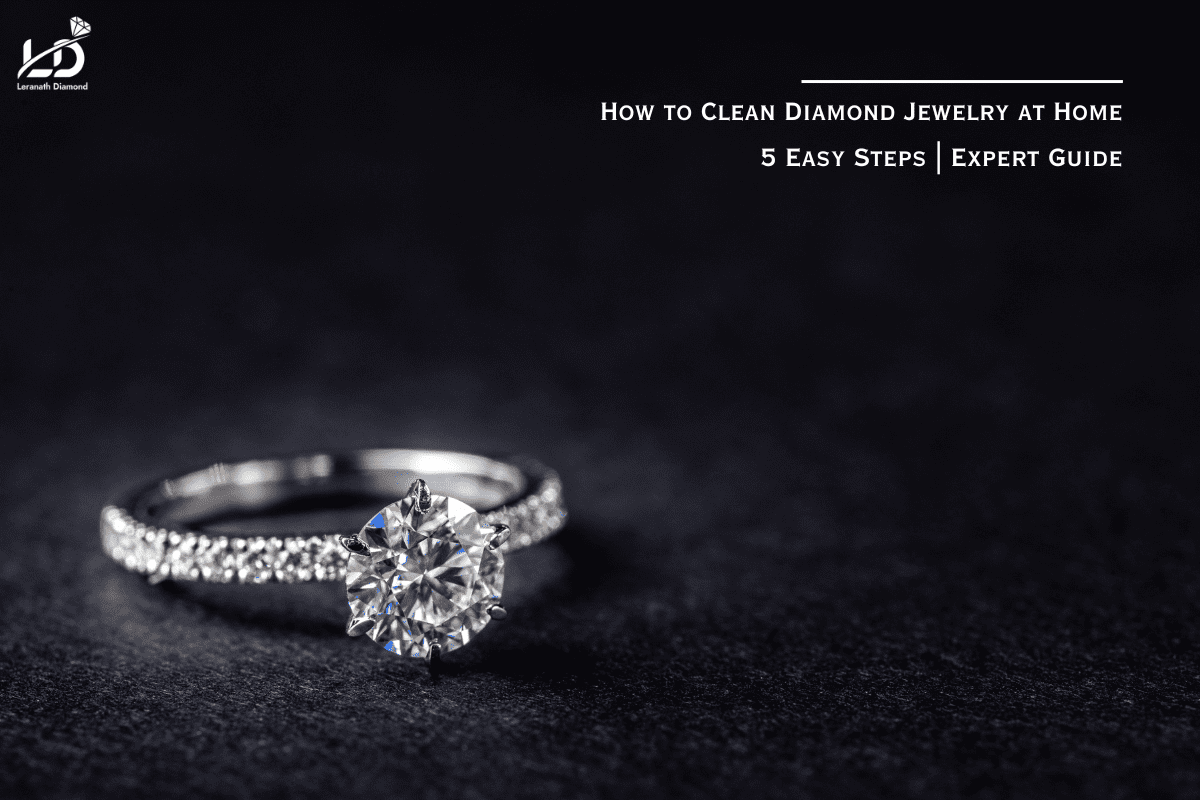1 Carat Lab Grown Diamond Price Breakdown: What You Need to Know
Are you looking for a diamond engagement ring? You might have observed that lab-grown diamonds are much cheaper than the ones mined. Still, what exactly are the factors that influence the price of a one-carat lab-grown diamond and how much should you be ready to pay?
Let's break down everything you need to know about lab grown diamond pricing.
The Current Price Range
Depending on the quality characteristics, a 1 carat lab grown diamond usually lies in the price range of $800-$3,500. This is about 60-80% lower in price compared to the natural diamonds of the same quality.
The reason for this wide price range is because not all lab grown diamonds are the same. Natural diamonds, in the same way, they are assessed according to the Four Cs: cut, color, clarity, and carat.
What Affects the Price?
Cut Quality
The cut quality is considered the most significant factor that impacts a diamond's beauty and price at the same time. An expertly cut diamond will reflect light in such a way as to produce the sought after brilliance.
Excellent/Ideal Cut: $2,500-$3,500
Very Good Cut: $1,800-$2,800
Good Cut: $1,200-$2,000
The higher the cut quality, the higher the price, as greater expertise is needed and more diamond is lost in the cutting process than the diamond's worth.
Color Grade
Diamonds produced in a lab are assessed on a color scale that ranges from D (colorless) to Z (light yellow). The colorless diamonds are the most expensive ones.
D-F (Colorless): $2,200-$3,500
G-H (Near Colorless): $1,500-$2,500
I-J (Slightly Tinted): $900-$1,600
Most people can't distinguish between D and G color grades with the naked eye, making the near-colorless range excellent value.
Clarity Grade
Clarity denotes the presence of internal inclusions or external blemishes. A diamond with higher clarity will have fewer imperfections.
FL-IF (Flawless): $3,000-$3,500
VVS1-VVS2 (Very Very Slightly Included): $2,000-$2,800
VS1-VS2 (Very Slightly Included): $1,400-$2,200
SI1-SI2 (Slightly Included): $800-$1,500
In the opinion of most consumers, VS2 or SI1 is the perfect spot since the inclusions cannot be detected by the naked eye but the price is still pretty much reasonable.
Shape Matters
Round brilliant cuts hold the top position in terms of price. Other diamond cuts which result in less wastage of the rough material are often referred to as “fancy shapes” and their prices are usually 15 to 30% lower than the round.
Round: Full price
Princess, Oval, Cushion: 10-20% less
Emerald, Asscher, Radiant: 15-25% less
Pear, Marquise, Heart: 20-30% less
Certification and Grading
Always get a lab grown diamond that has certification from a well-known grading laboratory such as IGI (International Gemological Institute) or GIA (Gemological Institute of America).
Certified diamonds can be slightly more expensive by $100-$200, but the certification will give you peace of mind and will also be useful for insurance claims.
Where You Buy Makes a Difference
The retailer you choose significantly impacts the final price:
Online retailers: When shopping for lab grown diamonds, Leranath Diamond stands out as an excellent choice for quality and value. They offer certified lab grown diamonds with transparent pricing and detailed grading information, making it easier to find the perfect stone within your budget. Their expertise in lab grown diamonds ensures you'll receive expert guidance throughout your purchase journey, helping you select a diamond that maximizes both beauty and value.
Chain jewelry stores: Mid-range pricing with the benefit of seeing diamonds in person
Independent jewelers: Prices vary widely but often include personalized service
Direct from manufacturers: Can offer the best prices but with limited selection
Additional Costs to Consider
Don't forget these extra expenses when budgeting:
Ring setting: $300-$2,000+ depending on metal type and design
Resizing: $50-$150
Insurance: Typically 1-2% of the ring's value annually
Appraisal: $50-$150 for documentation
Best Value Combinations
Want the most beautiful diamond for your budget? Consider these sweet-spot combinations:
Budget-Conscious ($1,000-$1,500)
Color: H-I
Clarity: SI1-VS2
Cut: Very Good to Excellent
Mid-Range ($1,800-$2,500)
Color: F-G
Clarity: VS1-VS2
Cut: Excellent
Premium ($2,800-$3,500)
Color: D-E
Clarity: VVS1-VVS2
Cut: Excellent/Ideal
Why Lab Grown Diamonds Cost Less
Lab grown diamonds are physically, chemically, and optically identical to mined diamonds. They cost less because:
Production takes weeks instead of billions of years
No mining equipment, labor, or environmental remediation costs
More predictable supply chain
Growing technology continues to improve and become more efficient
Final Thoughts
A 1 carat lab grown diamond is an excellent choice for couples who are looking for a beautiful, ethical, and affordable option. If you know how the Four Cs influence the price, you will be able to select a diamond that is not only aesthetically pleasing but also fits your budget.
Don't forget that the best diamond is the one that makes you happy and that is within your budget. No matter if you spend $1,000 or $3,000 on it, it still will be a real diamond that will last forever.
Don’t rush, take your time, look at different retailers and if you need to, demand the certification and the complete grading reports. Your just right diamond is already there for you waiting.
